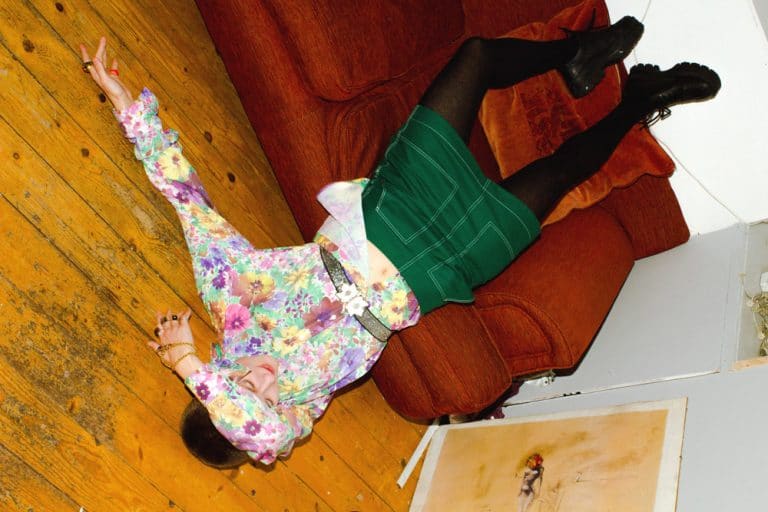How social media is helping us get dressed in the morning
By now, we’ve all had that week during social distancing where our days have become blurred into one. We’ve neglected our recommended daily walk and forgotten to change out of our PJs.
Yet the minute we do wash our hair, choose what we’re going to wear and feel that fresh shirt over our heads, something in the air shifts. When asked on Instagram if getting dressed makes a difference to someone’s day while social distancing, 20 people responded with messages on how their productivity levels rise after getting ready for the day.
One response said that they associated loungewear with being lazy in front of the TV while another said it was a way to liven up social distancing as they were camouflaging their errands to their outfits such as wearing floral trousers calls for a spot of gardening.
Another even likened it to their depressive period when getting dressed differentiated their good days from the bad ones. Similar to how a bed can be a comfort for those going through mental health issues, getting dressed may sometimes be the difference in making a day manageable. It’s a way of saying to yourself: ‘Hey, I might not know how many more weeks we’ll be living like this but I got this today’.
Therefore, it’s no wonder that social media is helping many of us get dressed in the morning. Instagram accounts such as @WFHfits have become popular during the lockdown. A platform where you can send a photo of what you’re donning while on your 457th Zoom call has similar intent as the #goingnowherebutfuckitimgettingdressed hashtag that’s also trending.
The countless TikTok challenges have also been a major reason why many are chacha-ing while getting changed. From the Dripeesha challenge making the most of lockdown life to the Don’t Rush Challenge becoming a medium where women of colour especially can celebrate their different cultural garments. Many of us look like we’re getting ready for that wedding that’s been rescheduled until next year.
For Zeena Shah, a content creator, art director and stylist, it’s getting dressed for the day that gives her day a sense of normalcy. A sense of calm during the storm. “Staying in my pyjamas all day is extremely comforting but tends to reduce my productivity somewhat and get into weekend mode with Netflix on repeat!
Shah added: “To stay motivated and help spread some positivity through colour, my friend Natalie Wall and I created the #instarainbowchallenge. According to which day of the week it is, we wear a different colour together. The colourful daily prompt gives us a sense of community and the effect colour can have on your mood is simply incredible and exactly what’s needed right now.”
On the other hand, it can be easy to compare yourself to those on the internet who are able to get dressed in the morning. Those who have Instagramable backdrops, whose every inch of their home looks like an Architectural Digest spread and their hair isn’t even in need of a cut and blow-dry yet. All while feeling like changing out of your nightie would be a feat.
Although working from home is a privilege, enduring a pandemic regardless of your situation is neither easy nor linear, which is perhaps why many of us come back to the basics. The joys of dressing become a thing again, whether that’s for the internet or for ourselves.
We become conscious of what we put on our bodies. How our time is being taken up. What we’re eating, watching, reading. Who we’re calling. It’s clear we’re all managing social distancing differently and that shows in how we look after ourselves during the week. So guess what? It’s okay to have a pyjama day here and there and to not post it on Instagram. Alongside five consecutive days of appearing like royalty and wearing a ballgown to breakfast. There’s no rule to the madness, we’re all just trying here.





